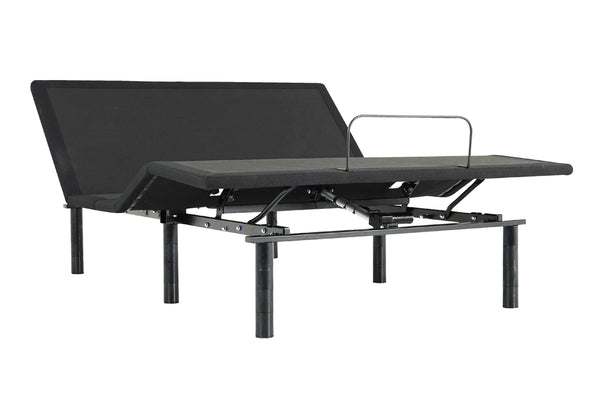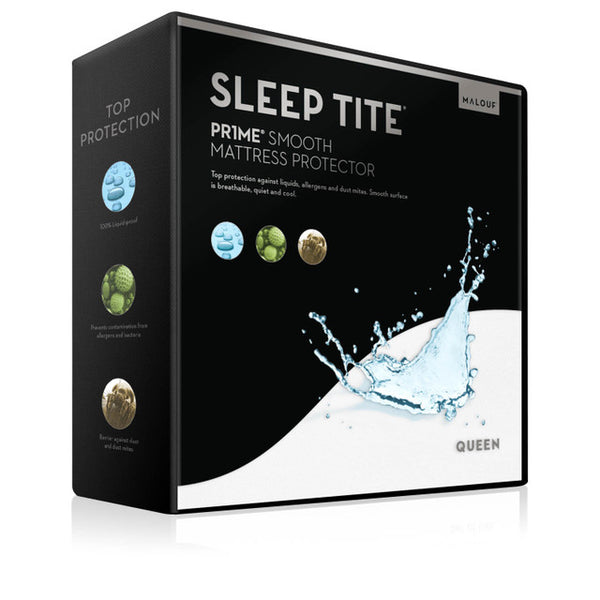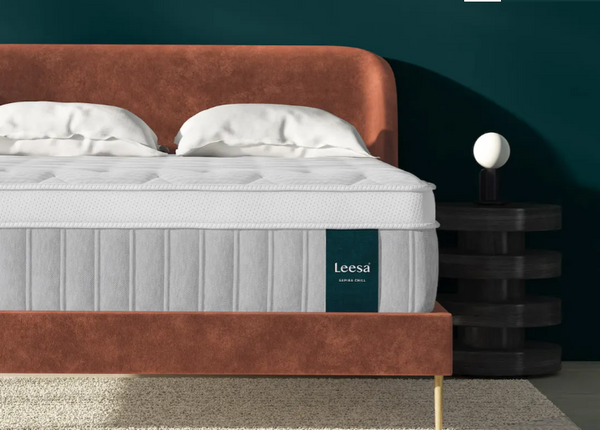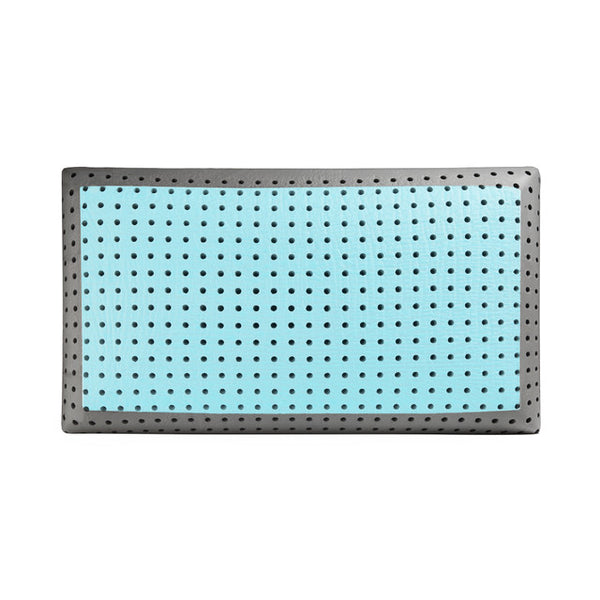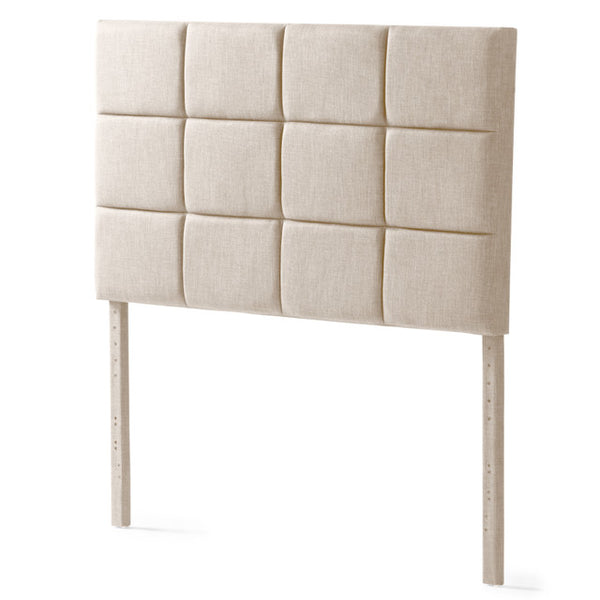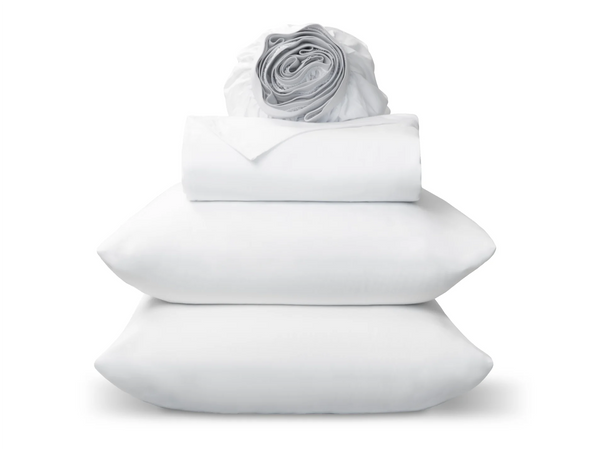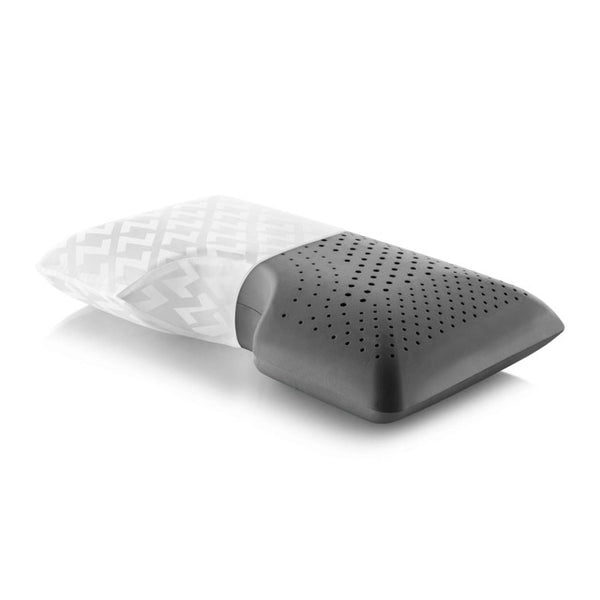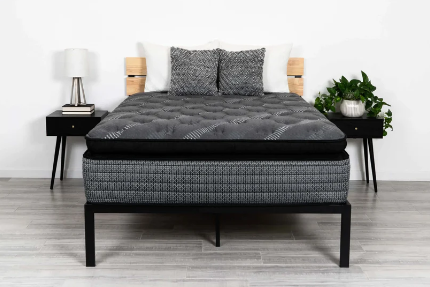
Overview
Choosing the right mattress depends on your sleep position—back, side, or stomach. Each position requires different support and firmness levels for optimal comfort and spinal alignment. Back sleepers benefit from medium-firm mattresses, side sleepers need softer options for pressure relief, while stomach sleepers should opt for firmer mattresses to prevent misalignment. Additionally, consider mattress materials like memory foam, latex, or hybrids based on your preferences. Testing the mattress during a trial period is crucial to ensure comfort and support. Understanding these factors can significantly improve your sleep quality.
Frequently Asked Questions
1. How does my sleep position affect mattress choice?
2. What type of mattress is best for back sleepers?
3. What should side sleepers look for in a mattress?
4. Are hybrid mattresses suitable for couples with different sleep preferences?
5. What are some important considerations when testing a mattress?
The mattress you choose can significantly affect your sleep quality, and one of the key factors to consider is your sleep position. Whether you are a back, side, or stomach sleeper, understanding how your sleeping habits impact mattress selection can help you make an informed decision. This article will guide you through the relationship between sleep positions and mattress types, ensuring you pick the right one for a restful night.
Understanding Sleep Positions
Your sleep position is not just a personal preference; it can influence your comfort, sleep quality, and overall health. Here are the most common sleep positions:
- Back Sleepers: Sleeping on your back promotes better spinal alignment and can reduce the chances of neck and back pain.
- Side Sleepers: This position can alleviate snoring and is beneficial for reducing acid reflux.
- Stomach Sleepers: Although less common, this position may lead to increased pressure on the spine and neck.
How Sleep Positions Affect Mattress Selection
Different sleep positions require different levels of support and pressure relief. Here's how each position can influence your mattress choice:
Back Sleepers
If you predominantly sleep on your back, it's crucial to choose a mattress that offers adequate support to maintain the natural curve of your spine. Medium-firm mattresses are typically the best choice for back sleepers.
Key Features to Look For:
- Support: Look for a mattress with good lumbar support to prevent sinking too deeply.
- Material: Memory foam or hybrid mattresses can contour well to your body while providing support.
- Breathability: If you tend to sleep hot, consider a mattress with cooling features.
Side Sleepers
Side sleepers may experience pressure points at the shoulders and hips. Therefore, a mattress that offers significant cushioning is essential. Softer mattresses can help distribute weight evenly and relieve pressure on these sensitive areas.
Key Features to Look For:
- Softness: A softer mattress can provide the necessary contouring for your shoulders and hips.
- Pressure Relief: Look for materials known for their ability to alleviate pressure, such as gel-infused foam.
- Edge Support: If you move around a lot during sleep, a mattress with strong edge support can prevent roll-off.
Stomach Sleepers
For stomach sleepers, a firmer mattress is usually recommended to prevent the hips from sinking, which can lead to spinal misalignment. It’s important to maintain a neutral spine to avoid discomfort throughout the night.
Key Features to Look For:
- Firmness: A firmer mattress will help keep the spine aligned and prevent excessive drooping.
- Minimal Sinkage: Materials that offer responsiveness, like latex, can be beneficial.
- Supportive Layers: Look for a mattress that has a strong base for support without sacrificing comfort.
The Importance of Material Choice
The material of your mattress plays a critical role in its feel and performance based on your sleep position. Here’s a brief overview of various materials and how they cater to different needs:
Memory Foam
Memory foam is renowned for its ability to contour to the body, making it a popular choice for side sleepers. It provides excellent pressure relief and supports the curve of your body.
Latex
Latex mattresses are a great option for back and stomach sleepers as they tend to be firmer and provide strong support. They also offer a more responsive feel than memory foam, which can help avoid the sensation of sinking too deeply.
Innerspring
Innerspring mattresses are generally firmer, providing a bouncy feel suitable for stomach sleepers while offering decent support for back sleepers. However, they may lack the pressure relief required for side sleepers.
Hybrid Mattresses
Hybrid mattresses combine the benefits of various materials, like memory foam for comfort and coils for support. This versatility can offer a balanced mattress suitable for multiple positions, making it ideal for couples with different sleep preferences.
Special Considerations for Couples
When choosing a mattress, couples often face unique challenges due to differing sleep positions:
- Motion Isolation: Look for mattresses, particularly those made of memory foam, that reduce the transfer of motion to ensure an undisturbed night’s sleep.
- Temperature Control: If one partner sleeps hot, consider a mattress with cooling technology to cater to both needs.
- Size Matters: A larger mattress may alleviate issues stemming from differing sleep styles and preferences, ensuring ample space for both partners.
Testing Your Mattress
Before making a purchase, it's essential to test the mattress. Most retailers offer a trial period allowing you to experience the mattress in your home.
What to Consider During Your Trial:
- Comfort Level: Ensure that the mattress feels comfortable across all sleeping positions.
- Support: Check if you wake up with any aches or pains, indicating your mattress isn't providing the needed support.
- Temperature Regulation: Note if you sleep hot or cool during the trial period.
Popular Myths About Sleep Positions and Mattress Type
There are various myths surrounding sleep positions and mattress selection that can cloud judgment when buying a mattress. Let’s debunk some common misconceptions:
Myth 1: Soft Mattresses are Best for Everyone
While many believe that softer is always better for every sleep position, it’s not a one-size-fits-all approach. Different positions require varying levels of firmness for optimal support.
Myth 2: You Can’t Change Your Sleep Position
While many people do have a primary sleep position, it’s possible to change how you sleep. Experimenting with different sleep positions can help determine what feels best for you.
Myth 3: Sleeping on Your Back is Bad for You
Sleeping on your back can be beneficial as it allows for neutral spinal alignment. However, this position may not be ideal for everyone, especially those with sleep apnea.
Sleep Hygiene and Your Mattress
The mattress you choose is just one aspect of creating an optimal sleep environment. Sleep hygiene should also be a priority. Here are a few essential practices to consider:
- Maintain a Sleep Schedule: Go to bed and wake up at the same time every day to regulate your body clock.
- Create a Relaxing Environment: Keep your bedroom dark, cool, and quiet.
- Limit Screen Time: Reduce exposure to screens at least an hour before bed, as the blue light can disrupt sleep.
Unlocking Your Dream Sleep Experience
Your sleep position plays a vital role in determining the mattress that will serve you best. Understanding the nuances between back, side, and stomach sleeping can directly influence your overall comfort and health. By considering material choices, the importance of mattress testing, and debunking common myths, you are well on your way to making an informed decision. Embrace the journey to find a mattress that not only supports your unique sleep style but enhances your sleep quality for many restful nights ahead. Happy sleeping!

